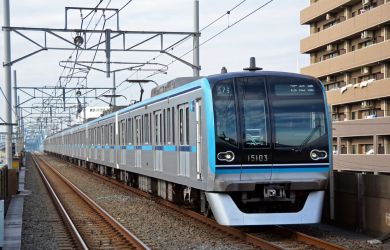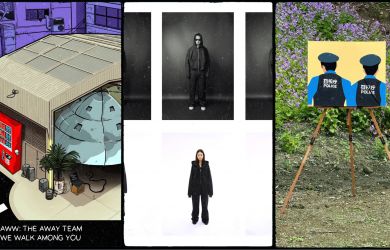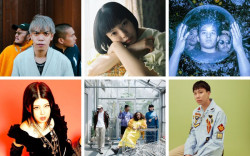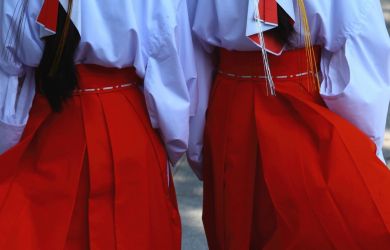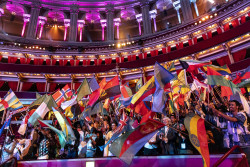
July 17, 2009
Niijima
Surf, sun, sand… Tokyo? Enjoy a beach holiday without (technically) leaving the city
By Metropolis
Originally published on metropolis.co.jp on July 2009

Photo by Charles Glover
An idyllic getaway awaits you in Tokyo. Pristine beaches, cobalt blue ocean waters, world-class surfing, abundant nature and wide swathes of real estate with nary a person in sight. Sounds impossible? Welcome to Niijima, an attractive Pacific Ocean island which is actually part of the metropolis—it just happens to lie 163km away from the rest of it.
Niijima is the fourth-largest of the Izu islands, an archipelago that stretches to the southeast of the Izu peninsula and is administered by the Tokyo Metropolitan Government. During the Edo period, the Tokugawa Shogunate put these remote outposts to good use as colonies for exiles. A total of 1,333 people were banished to Niijima alone, and an old cemetery remains as a stark reminder of the ones who never came back—as does the execution ground where 11 were put to death. Nearby is Jusansha, the oldest and largest shrine in the archipelago, and just one of a number of shrines and temples around the island.

Photos by Charles Glover
Among Niijima’s more esoteric features are the moyai sculptures that dot its terrain. Inspired by the monoliths of Easter Island, these imposing statues are fashioned from rhyolite, an unusual kind of pumice stone indigenous to the island. If they look familiar, it’s because one of them has been transplanted to central Tokyo: the gray brooding face near the Tokyu department store on the west side of Shibuya station was actually a gift from the citizens of Niijima.
Other cultural attractions include the Niijima Glass Art Center, which holds a world-renowned art festival in late autumn, as well as exhibitions and workshops throughout the year. However, the island’s natural assets are undoubtedly its main selling point.
The impossibly long Habushiura Beach stretches six-and-a-half kilometers in an almost straight line down the east coast, providing some of the best surfing in Japan. Roughly halfway down the shore is a free campsite, which comes complete with a field kitchen and showers. If you want to stay the night, you’ll need to register at the Sports Hiroba next-door, but this is a quick and painless process. Over on the west coast, meanwhile, Maehama Beach offers prime surfing, windsurfing, sport fishing and scuba diving.
The best way to get around Niijima is by bicycle, which can be rented for about ¥1,500 a day. Cycling around the island is a reason to go in itself, with the mountains to the south and the isolated shrines and village to the north proving particularly attractive destinations. If you’re hiking or walking, head south to the stunning white volcanic ash cliffs of Shiromama, at the end of Habushiura Beach.
Niijima is sufficiently compact that you can enjoy an ocean sunrise in the morning and then head to the other side of the island in time to catch the sunset.

Photo by Charles Glover
One of the best places to view it from is Yunohama Onsen, located just south of the port. This spacious outdoor hot spring has a faintly absurd Greco-Roman motif and numerous pools, including one built 15 meters atop a boulder. Entrance is free, and bathers are required to wear swimsuits, meaning that you can share the experience with your friends or significant other.
Though Niijima is doable as a day trip, you’ll probably find yourself wanting to stay a lot longer. With its relaxed pace of life and welcoming locals, the difference from central Tokyo couldn’t be more pronounced. Just don’t be surprised if you find yourself considering moving there and creating your own self-imposed exile.
Getting There
Overnight ferries leave from Takeshiba Terminal at 10pm and take almost 11 hours; the return service departs just before noon (¥6,780 one-way). A faster jetfoil service runs twice daily during July and August and cuts the journey time down to three hours, making a daytrip feasible (¥9,750 one-way). English-language information and timetables can be downloaded at http://tinyurl.com/tokaikisen. New Central Air (0422-31-4191; www.central-air.co.jp) flies four times a day from Chofu airport (¥13,700 one-way, ¥25,000 return). If you’re staying overnight, there are 25 reasonable minshuku and a free campground. English tourist information is available at the port.

Photo by Charles Glover
